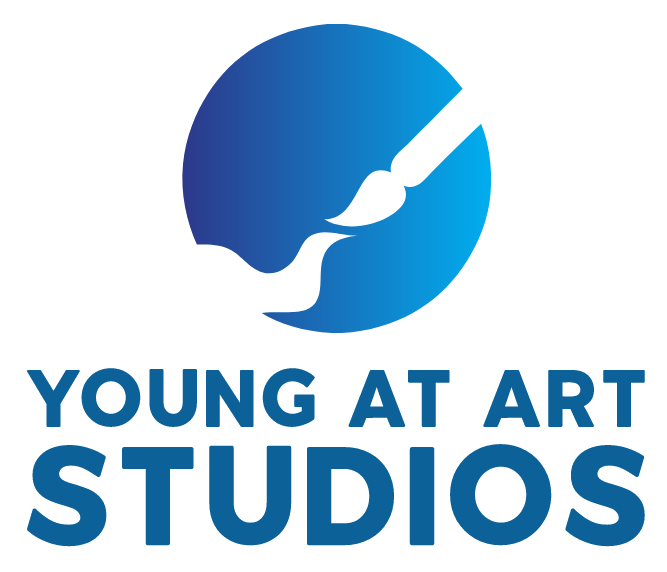How computers are impacting the art world
Tech Talk
2021-08-16 Last Updated on: 2024-06-04
How many of you use a computer to support your art work? Whether it is to just store and search reference photos or digitally change an image for whatever reason, computers are being used to change how we produce art.
BUT can computers be used to create art that is indistinguishable from human created pieces. With AI (artificial intelligence) generated art, the answer may surprise you. In 2017 at Rutgers University a study showed that an algorithm that was fed thousands of images of art could in fact generate art that individuals thought was created by humans.
“Since the dawn of Artificial Intelligence, scientists have been exploring the machine’s ability to generate human-level creative products such as poetry, stories, jokes, music, paintings, etc., as well as creative problem solving,” the paper notes. “The results [of our study] show that human subjects could not distinguish art generated by the proposed system from art generated by contemporary artists and shown in top art fairs.”
This study built on two 2015 papers from the Rutgers AI lab that used an algorithm that could identify the artist, genre and style of work. For this study they modified the program, Generative Adversarial Networks (GAN), in which deep neural networks are taught to replicate a number of existing painting styles, such as Baroque, Pointillism, Colour Field, Rococo, Fauvism, and Abstract Expressionism. One network generates the images based on what it has been taught, and the other network judges the resulting works.
They created a new version, Creative Adversarial Networks (CAN), that is designed to generate work that does not fit the known artistic styles, thus “maximizing deviation from established styles and minimizing deviation from art distribution,” according to the paper. To train the new version they used 81,449 paintings by 1,119 artists in the publicly available WikiArt data set.
The images generated by CAN do not look likes traditional art, in terms of standard genres (portrait, landscapes, religious paintings, still life, etc.),” notes the paper. They then asked humans to guess the origin of the work, CAN, GAN or human from Art Basel 2016.
The Abstract Expressionist works rated the highest, with 85 percent of respondents correctly identifying them as the work of a human artist. Users believed that 53 percent of the CAN images were made by people, as compared to only 35 percent of the GAN images, and, interestingly, 41 percent of the Art Basel works.
Where things get interesting, however, is when respondents were asked to rate how intentional, visually structured, communicative, and inspiring the images were. They “rated the images generated by [the computer] higher than those created by real artists, whether in the Abstract Expressionism set or in the Art Basel set.”
AI has come a long way in the last 4 years, but I think you are still safe and will not be replaced by computers just yet.
